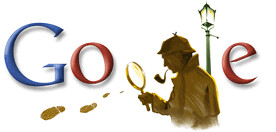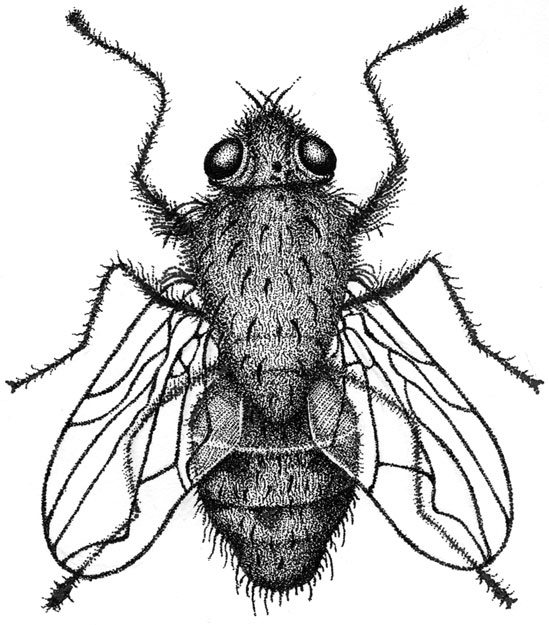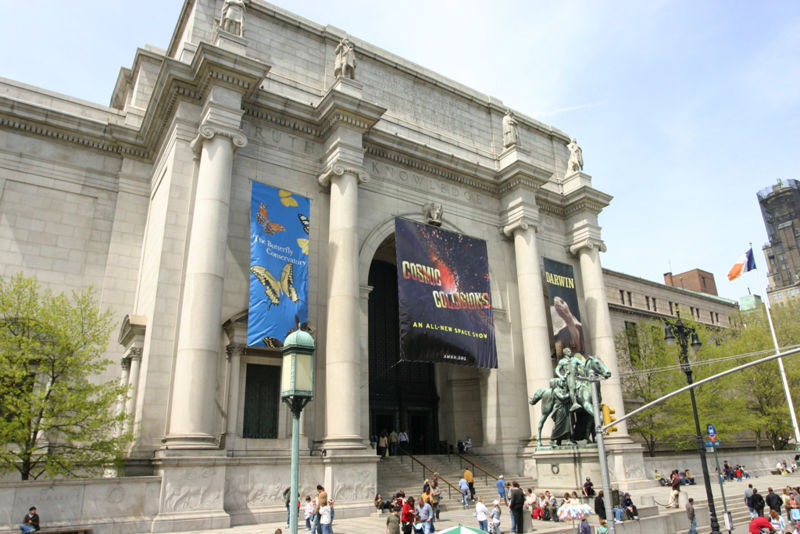















Izzie Klingels is an illustrator with a very distinctive pen and ink style. She influenced by the surreal and fairytales, which I think is very apparent in all her work. I like her work because its simple yet so detailed. From her pen and ink she can create something so complex and attractive, with no need for other materials. My favourite piece of hers is the flowers with rope stems, from a Hans Christian Andersen story "The Wind Tells the Tale of Valdemar Daee and His Daughters". There's no fuss, almost like technical drawings meant for a flower book.
Klingel also makes animations that can be found on http://www.izzieklingels.com/index.php

The Museum of Natural History can be found in New York, to the west of central park. It is a huge place, much like the Met. Some might remember it from the film, Night at the Museum. There are many different collections, most notably, The Milstein Hall of Ocean Life, Fossil Halls, and Extreme Mammals which was a temporary display. The latter contained the more obcure mammals, including a cast of the famous Darwinius Masillae, or Ida. This fossil is around 47 million years old, from Germany, and is one of the most complete primate fossils found. Even its stomach contents have been fossilised.
The ocean hall was impressive, with a 94 foot long blue whale hanging from the ceiling. It contains lots of dioramas, filled to the brim with life-like underwater species, and explains each one in great detail. The hall was restored in 2003, and even this year, six years on, it looked like it had only just be finished. The sound of the ocean plays through the speakers, and there is a huge screen playing films of the ocean. A definite must see out of all the collections.
The fossil halls, and in particular the dinosaur halls, are also a must see. Nearly 85% of the fossils on display are real. The Hall of Saurischian Dinosaurs holds the Tyrannosaurus rex (pictured above), and the huge Brontosaurus.
The museum will take a whole day to look around, maybe more, and is well worth a visit. There is something for everyone, and so many different exhibits to choose from that you can't get bored.

The story centres on Walt Kowalski, a war veteran who has just lost his wife. He lives in a neighbourhood in Michigan, mostly occupied by asians. His relationships with his relatives aren't the best, and the patriotism and prejudice he holds against anyone not caucasian isolates him from the community. That is until his next door neighbours befriend him, and he saves Thao, a Hmong teenager, from joining his cousins gang. They form a unique friendship, along with Sue, Thao's sister. But as Thao's cousins gang become more violent, Walt realises he has to do something to save his friends.
This was a great film, I loved Clint Eastwood as Walt. He was grumpy, angry, yet he became endearing, and funny. His relationship with Thao was like father and son, which was strange since he wasn't even close to his own family. He would call his neighbours every rascist word he could think of and they don't even bat an eyelid. This was the last film Clint Eastwood said he would act in, and he gave a fine performance.
 The book is set in the present and the past. Alice from the present is on an archaeological dig when she finds a cave with skeletons in and a ring with a labyrinth on it. This ring turns out to be very valuble and people try to take it from her. In the past, Alais lives in 13th century Carcassonne, France. Her father gives her a book from a set of three that is needed to summon the true grail. Throughout the book we swap back and forth between the two stories, which relate to one another, and come to a head towards the end. It was interesting, it was a bit slow to start with and I must admit it took two attempts to read it! But it is worth a read. Mosse clearly knows a great deal about Carcassonne and its history. It's quite Dan Brown-esque, these fast paced historical novels have become very popular in the past few years, and Labyrinth doesn't disappoint. Her second book Sepulchre runs along the same lines, but is set in the 1800s, so if you like Labyrinth, chances are you will probably like Sepulchre too.
The book is set in the present and the past. Alice from the present is on an archaeological dig when she finds a cave with skeletons in and a ring with a labyrinth on it. This ring turns out to be very valuble and people try to take it from her. In the past, Alais lives in 13th century Carcassonne, France. Her father gives her a book from a set of three that is needed to summon the true grail. Throughout the book we swap back and forth between the two stories, which relate to one another, and come to a head towards the end. It was interesting, it was a bit slow to start with and I must admit it took two attempts to read it! But it is worth a read. Mosse clearly knows a great deal about Carcassonne and its history. It's quite Dan Brown-esque, these fast paced historical novels have become very popular in the past few years, and Labyrinth doesn't disappoint. Her second book Sepulchre runs along the same lines, but is set in the 1800s, so if you like Labyrinth, chances are you will probably like Sepulchre too.